My major project is driven by a love for video games. Hemiplegia is a form of cerebral palsy and a disability in children which affects the motor functions in their limbs on one side of their body. This severely affects their ability to play video games to their full potential, which I find heartbreaking.
My solution for this comes in the form of a modular controller. One part being a large ergonomic board in a shape similar to a modern controller with an array of usb-c input connectors on the surface. The user can then place modules which contain particular controller functions (action buttons, joysticks etc.) at any point on the board which allows the user to create their own controller to adapt to their needs. Overall, it provides an inclusive and accessible gaming experience through both function and aesthetics for users with a disability.
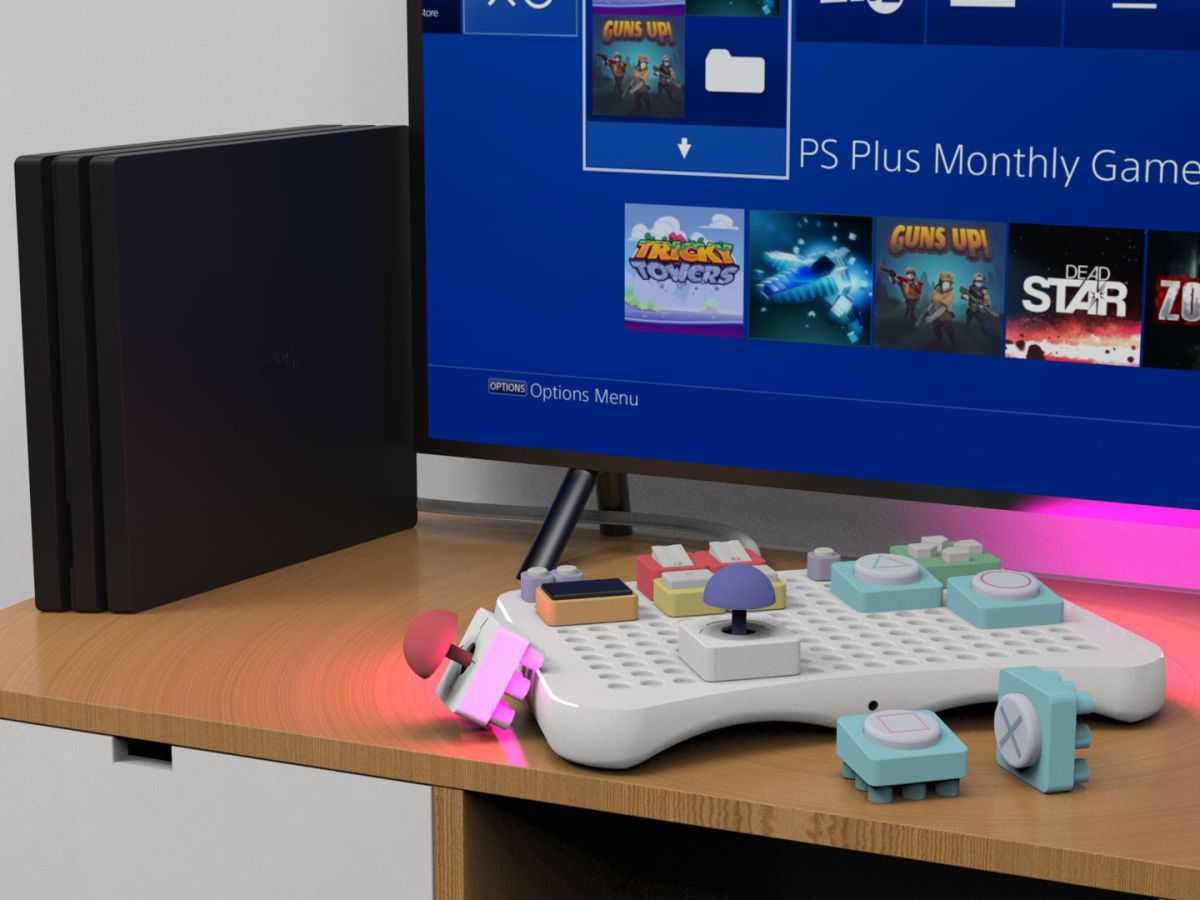
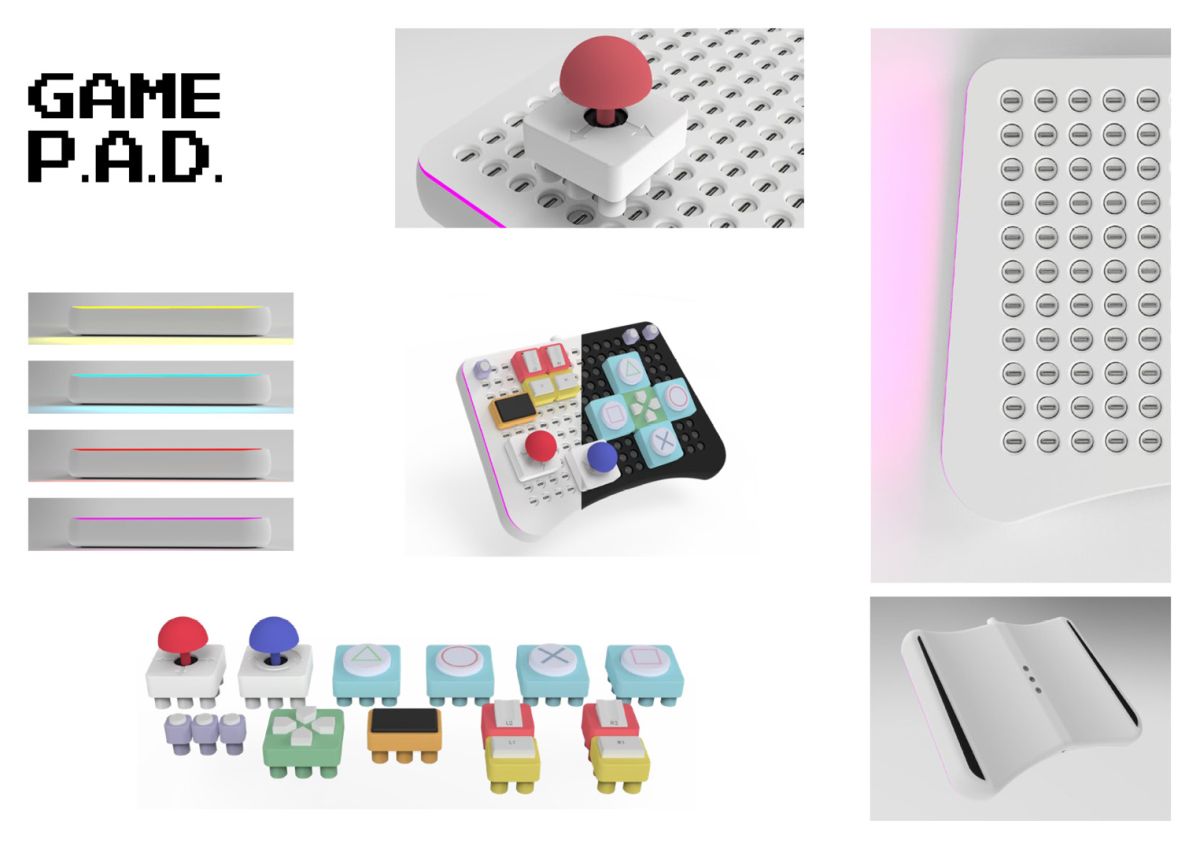
Colour material finish board of Game P.A.D
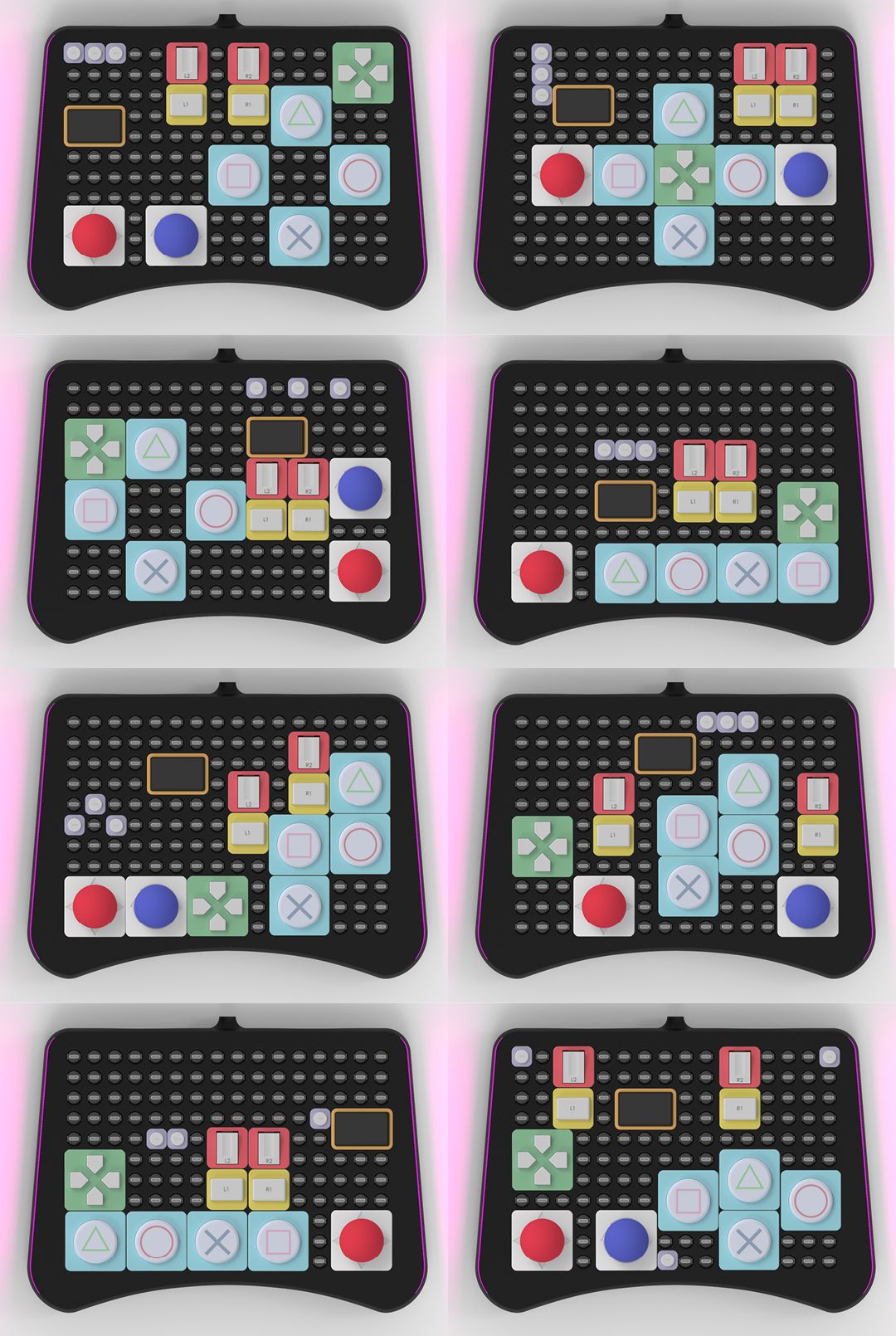
A variety of controller layouts that a user can choose for Game P.A.D.
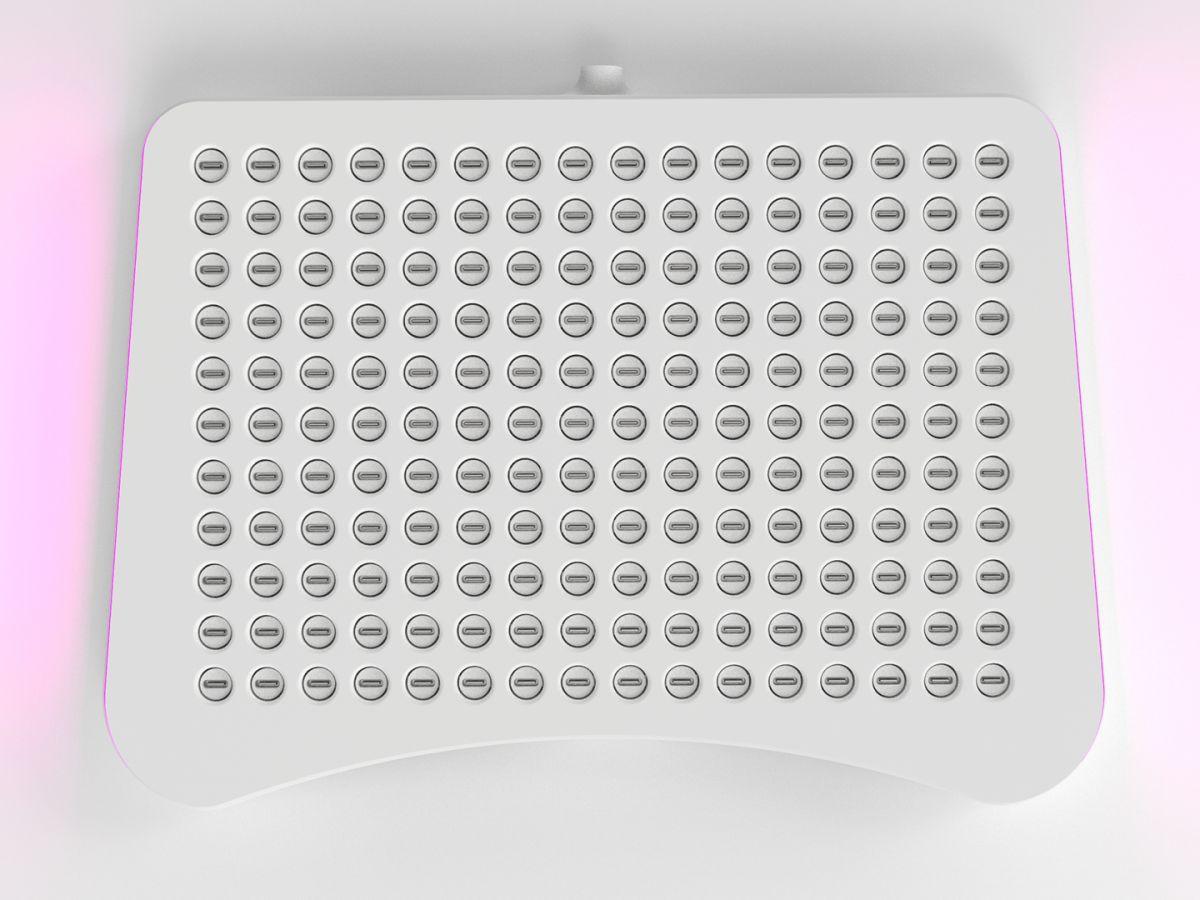
Game P.A.D. without any modules attached
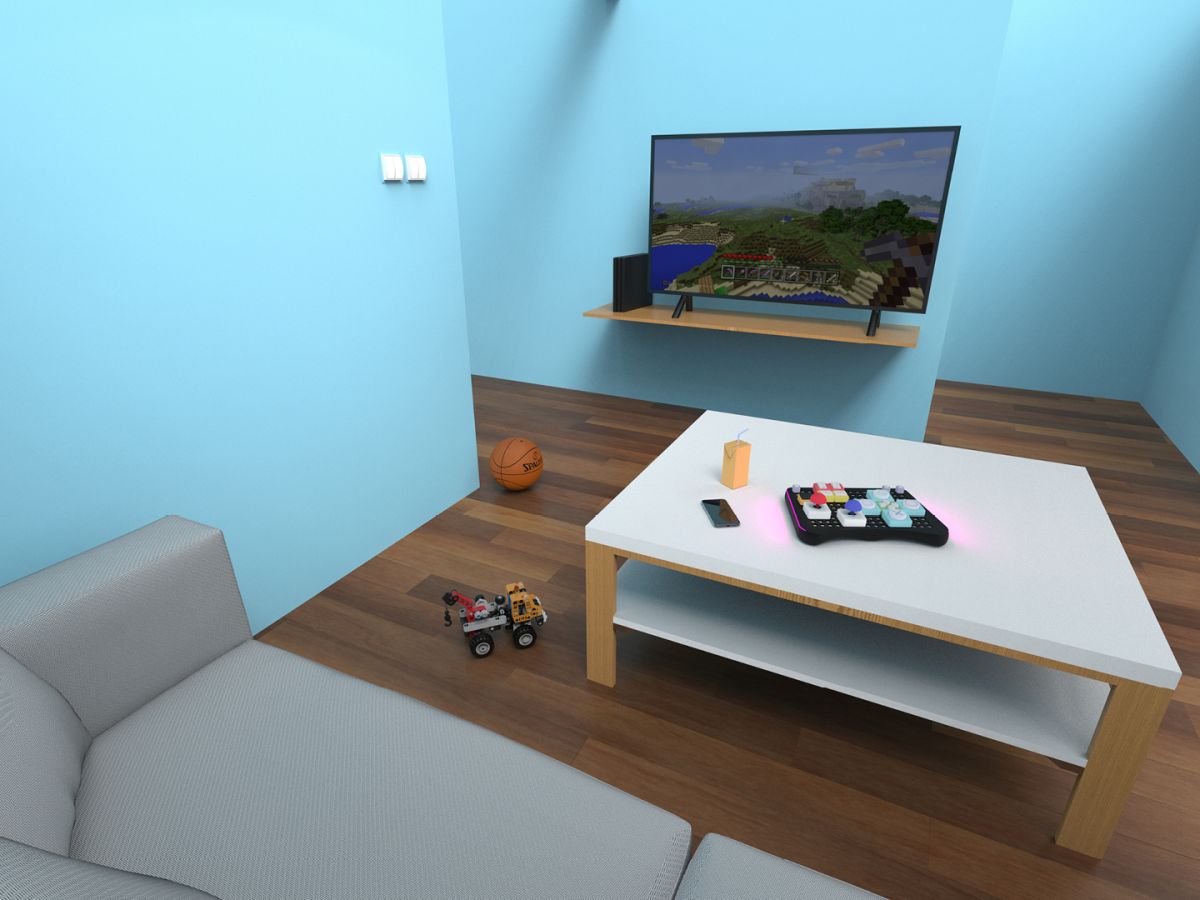
Render of Game P.A.D. in context.
Research
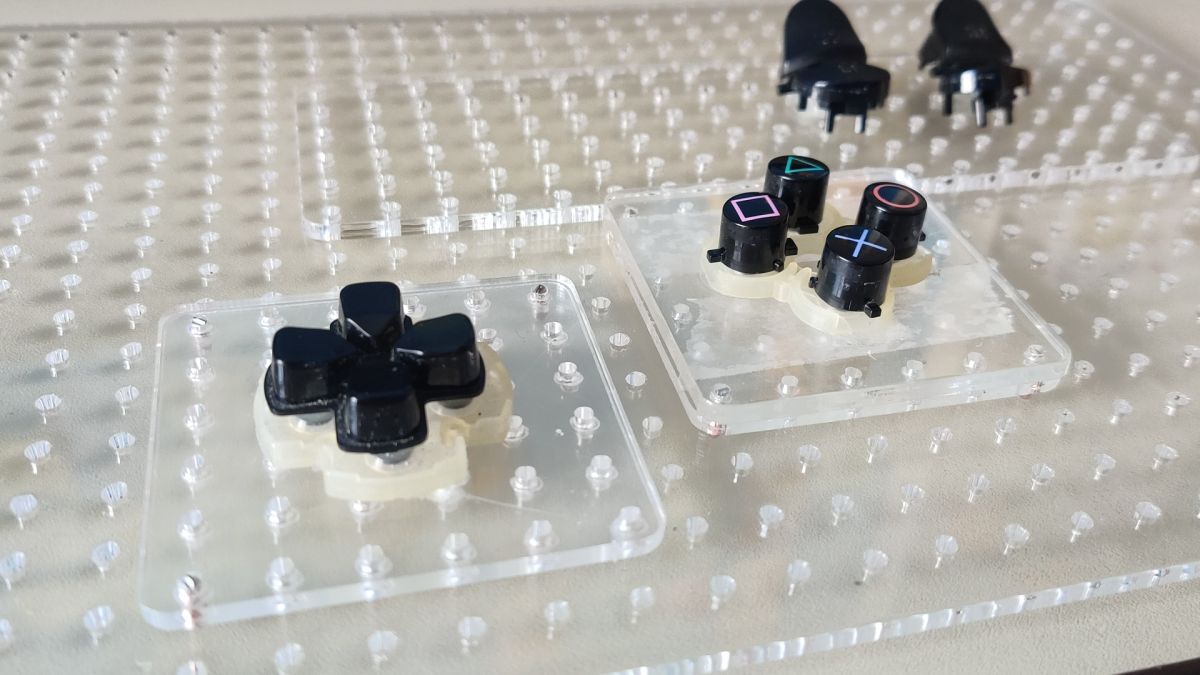
Initial sketch model of Game P.A.D.
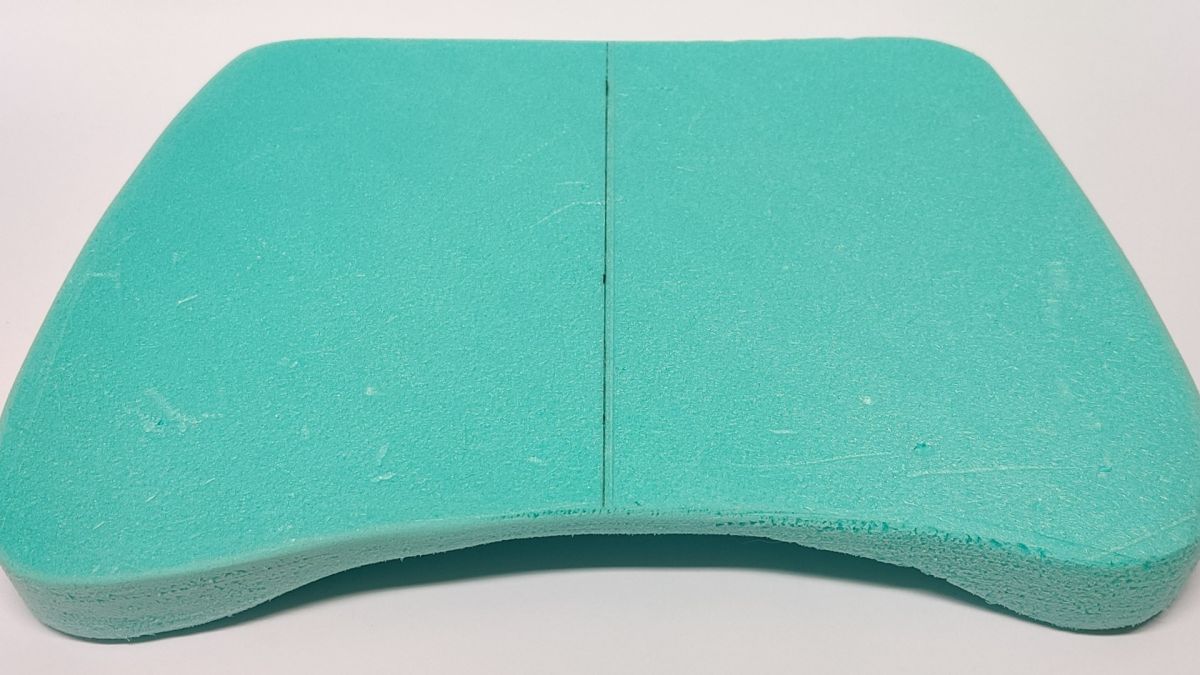
Working on the form of the controller by using blue foam
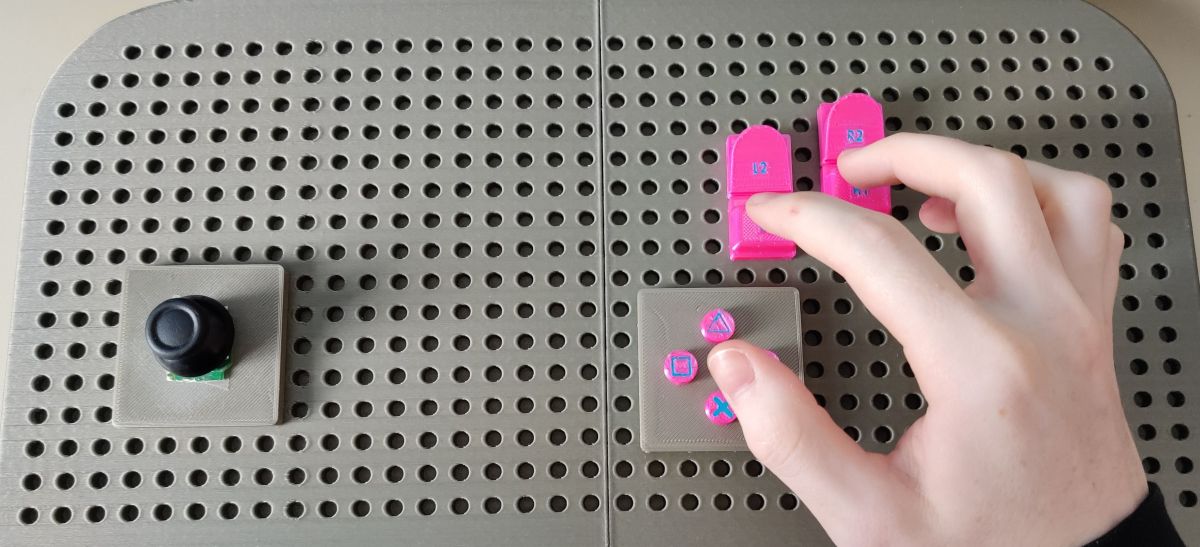
Full scale 3D printed sketch model of Game P.A.D.
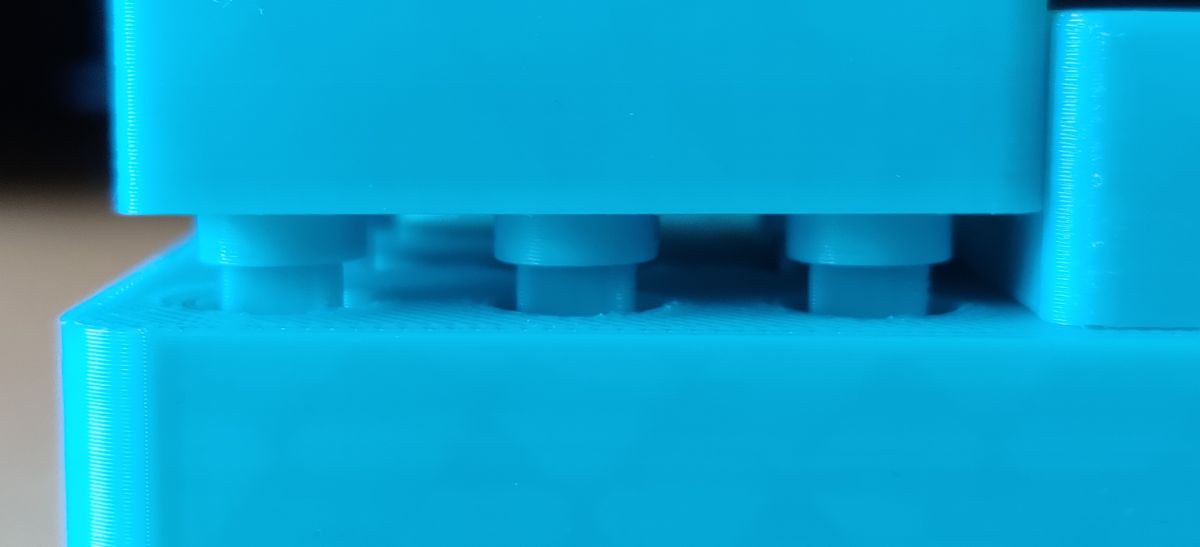
Testing placement of connectors on modules using 3D prototyping
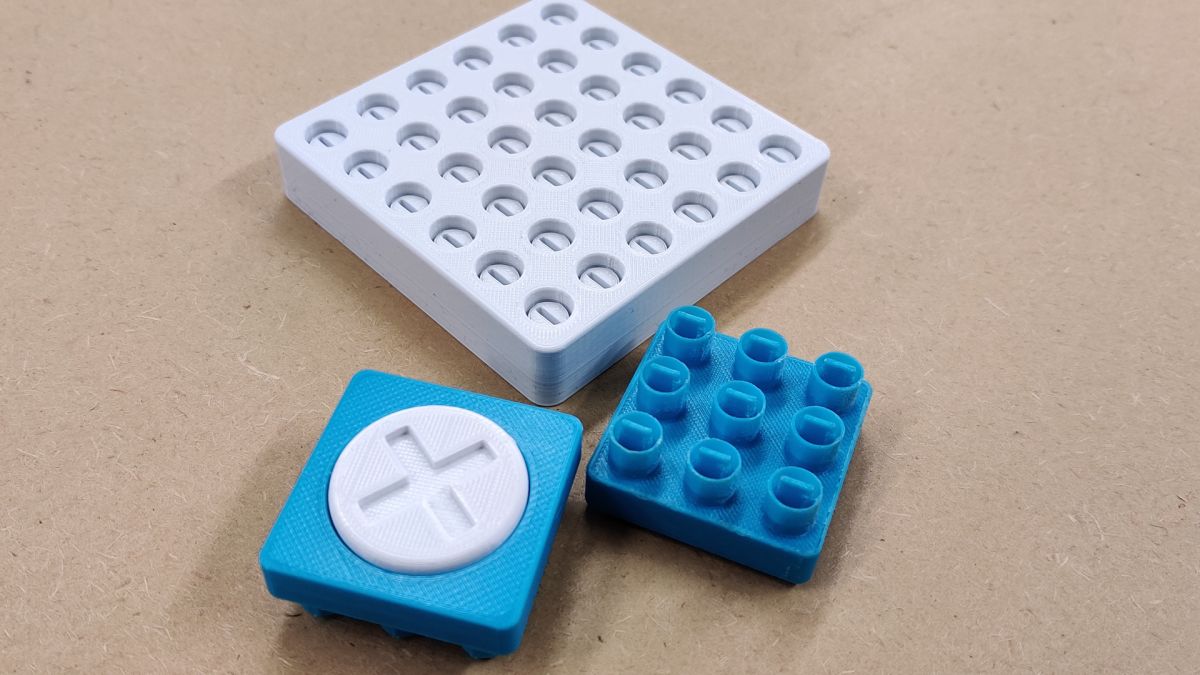
3D printed sample of the board and a module.